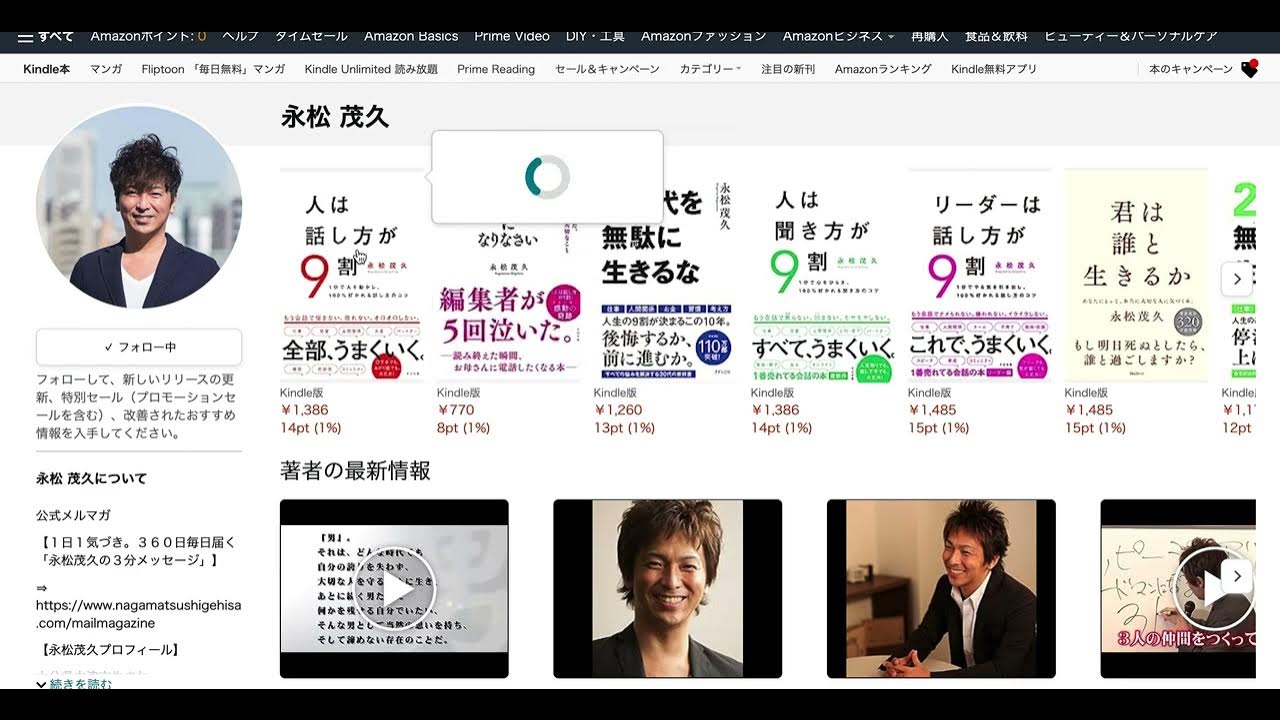PARA Not Working? Try Creating MOCs In Obsidian
Summary
TLDRこのビデオでは、メモ取りシステムPeraの欠点とそれを解決するための「コンテンツの地図」(MOCs)の作成方法について説明します。MOCsを使用することで、フォルダ間のリンクを作成し、情報の整理がしやすくなります。ビデオは、MOCsの作成理由、タイミング、5つのレベル、利用方法、PeraおよびZettelkastenシステムとの統合方法について詳しく解説しています。MOCsは、学習やプロジェクトの計画に役立ち、リンクを活用して柔軟な知識管理が可能になります。視聴者はこのビデオを通じて、より効果的なメモ取りの技術を学びます。
Takeaways
- 📚 Peraというアプリは、ノートをフォルダ間でリンクできないという大きな問題があります。
- 🔗 「マップ・オブ・コンテンツ」は、他のノートにリンクされたノートであり、Obsidianでフォルダ間のリンクが可能になる機能です。
- 🧠 「マップ・オブ・コンテンツ」は、ノートを複数の場所にリンクさせることで、Peraのフォルダベースの制約を克服します。
- 🗂️ 「マップ・オブ・コンテンツ」は、フォルダやタグの必要性を減らし、主にリンクに基づいたシステムを解決します。
- 🤔 「マップ・オブ・コンテンツ」を使用することで、深い洞察をもたらすボトムアップ思考と、より大きな視点から見ることができるトップダウン思考が可能になります。
- 💡 「マップ・オブ・コンテンツ」は、精神的な圧力を感じたり、プロジェクトの概要を立てる際に作成することが推奨されます。
- 📈 「マップ・オブ・コンテンツ」の作成には5つのレベルがあり、それらはアイデアの成長と接続を通じて進化していきます。
- 🌱 レベル1では、日常で得た情報を元に分離されたノートを作成し始めます。
- 🌿 レベル2では、これらのノートを成長させ、相互に接続していきます。
- 🌳 レベル3では、鳥瞰図を作成し、ノート間の関係性を整理し、プロジェクトの概要を立てる際に「マップ・オブ・コンテンツ」を作成します。
- 🏠 レベル4では、「マップ・オブ・コンテンツ」を他のものとリンクさせ、知識ベースを構築していきます。
- 🌟 レベル5では、ホームノートを作成し、最も重要な「マップ・オブ・コンテンツ」を整理し、トップダウンとボトムアップの思考を組み合わせたシステムを完成させます。
Q & A
ペラ(Pera)の主な問題は何ですか?
-ペラの主な問題は、ノートをフォルダ間でリンクできないことです。これは、特定の書籍やアイデアに基づくノートを整理しようとする際に混乱を招きます。
コンテンツマップとは何で、どのようにして Obsidian でそれを作成するのですか?
-コンテンツマップは、他のノートにリンクされたノートのことであり、Obsidianで作成することで、ペラが提供するアクション能力とコンテンツマップの柔軟性を両立できます。
なぜノートをリンクすることは重要なのですか?
-ノートをリンクすることは、ペラのフォルダベースのrigidityを超えることができ、フォルダやタグの必要性を減らし、より柔軟で深い思考を促します。
モック(mock)を作成する3つの理由は何ですか?
-モックを作成する3つの理由は、1) 複数の場所でノートをリンクすることのできることで、ペラのフォルダベースのrigidityを克服できる。2) モックは主にリンクに基づくシステムであり、フォルダやタグの使用を減らす。3) モックはボトムアップとトップダウンの両方の思考を可能にする。
モックを作成する最適な時期はいつですか?
-モックを作成する最適な時期は、1) メンタルな圧力を経験したとき、つまり情報の不整合が整理を必要とするほどの状況。2) プロジェクトの概要を作成するとき。
モックを作成する5つのレベルとは何ですか?
-モックを作成する5つのレベルは、1) 独立したノートの作成、2) ノートの成長と接続、3) モックの作成、4) モックの相互リンク、5) ホームノートの作成です。
モックの作成プロセスにおける「ダンピング」とは何を意味しますか?
-「ダンピング」は、モックノートに関連するすべてのノートや情報を集めるプロセスであり、モックの作成の出発点となります。
「ジャンプ」ステージで何が行われますか?
-「ジャンプ」ステージでは、モックを一時停止させ、その後再び取り上げることにより、新しいアイデアや接続を発見することができます。
モックを他のモックとリンクすることの利点は何ですか?
-モックを他のモックとリンクすることにより、知識ベースを拡大し、時間をかけて成長させることができます。
ホームノートとは何で、どのような役割を果たしますか?
-ホームノートは、最も重要なモックの集まりであり、トップダウンの思考とボトムアップの思考を両立させるためのランチャーとして機能します。
モックを作成することによる心の変化とは何ですか?
-モックを作成することによって、学習に対する愛着が深まり、個人のユニークな知識ベースが形成され、ノートを取ることを遅延する傾向が減少することが観察できます。
モックを学校でどのように活用できますか?
-モックは、大学の授業の理解を最大化するのに特に役立ち、コース全体の学習マップを作成し、学期が進むにつれてそれに情報を追加することができます。
ペラとObsidianをどのように統合するべきか教えるビデオはどこで見つけることができますか?
-John MaverickのビデオでペラとObsidianを統合する方法を学ぶことができます。
Zettelkastenとペラを統合する方法を学ぶにはどうすればよいですか?
-Zettelkastenとペラを統合する方法については、Obsidianを学び始めた学生向けのガイドをチェックすることをお勧めします。
Outlines

Cette section est réservée aux utilisateurs payants. Améliorez votre compte pour accéder à cette section.
Améliorer maintenantMindmap

Cette section est réservée aux utilisateurs payants. Améliorez votre compte pour accéder à cette section.
Améliorer maintenantKeywords

Cette section est réservée aux utilisateurs payants. Améliorez votre compte pour accéder à cette section.
Améliorer maintenantHighlights

Cette section est réservée aux utilisateurs payants. Améliorez votre compte pour accéder à cette section.
Améliorer maintenantTranscripts

Cette section est réservée aux utilisateurs payants. Améliorez votre compte pour accéder à cette section.
Améliorer maintenant5.0 / 5 (0 votes)






